Indian Railways: A Symbol of Unity and Connectivity
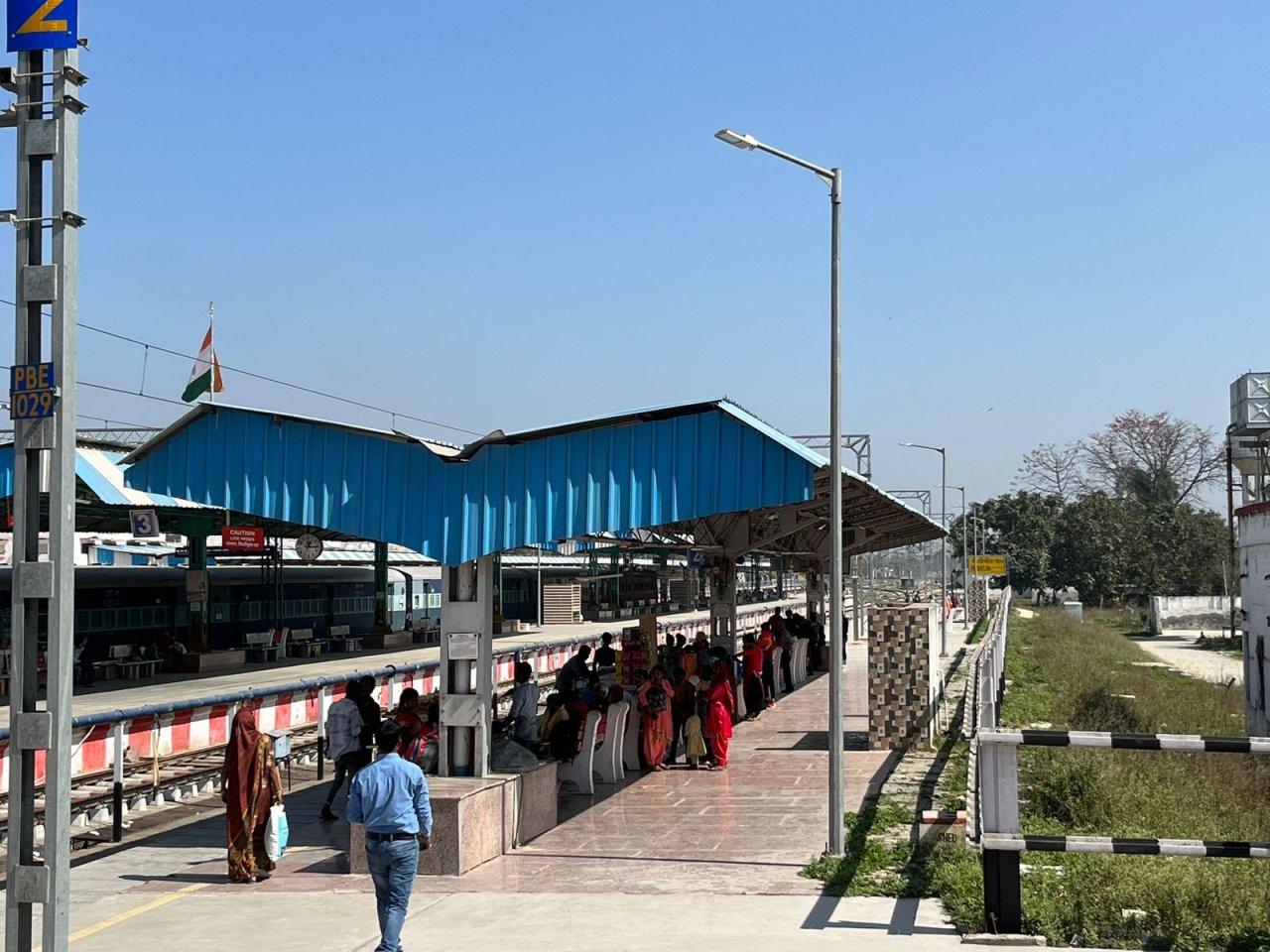
Indian Railways is one of the largest railway networks in the world, connecting over 7,000 stations and carrying more than 23 million passengers every day. The railway system has played a crucial role in connecting different parts of the country and has been a symbol of unity and connectivity for over 150 years.
The Indian Railways network has been growing and modernizing over the years. Today, it operates a range of trains from local and suburban trains to high-speed trains such as the Vande Bharat Express, which has reduced travel time between Delhi and Varanasi by over three hours. Indian Railways also runs luxury trains like the Palace on Wheels, the Deccan Odyssey, and the Maharajas' Express, which offer a unique travel experience to tourists.
Apart from passenger trains, Indian Railways also operates a vast network of freight trains, which carry goods and raw materials across the country. The railway system plays a critical role in the Indian economy, contributing to the growth of several industries.
Indian Railways has also embraced technology, with the introduction of online ticket booking, mobile apps, and e-wallets, making it easier for passengers to book tickets and plan their travel.
However, the Indian Railways network still faces challenges such as maintaining and upgrading infrastructure, improving safety standards, and ensuring passenger comfort. The railway system needs to continue modernizing and adapting to meet the changing needs of its passengers and the economy.
In conclusion, Indian Railways has been a vital part of the country's growth and development for over a century. It continues to be a symbol of unity and connectivity and plays a significant role in the Indian economy. As the railway system evolves and modernizes, it will continue to serve the needs of the people and the country

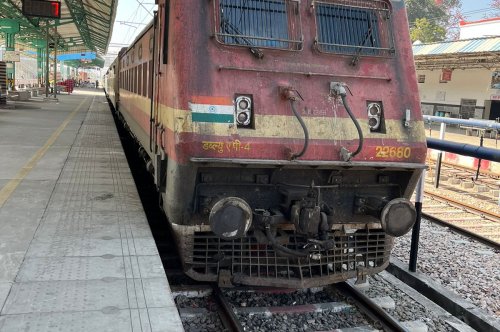
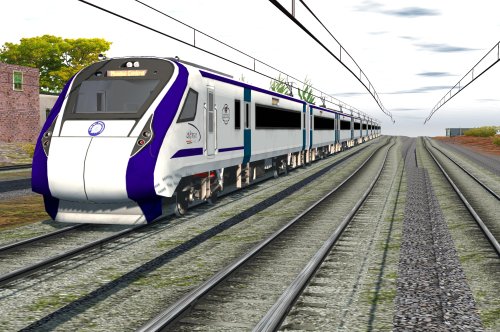
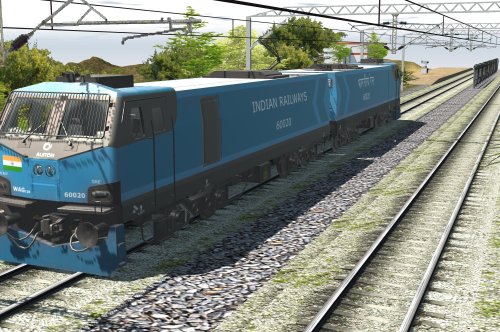

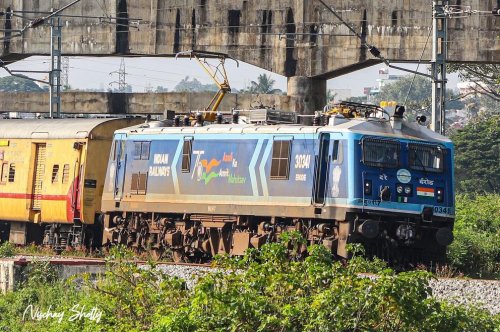

Ankesh
Indian Railway
2 years ago
Deepak
Delhi
3 years ago